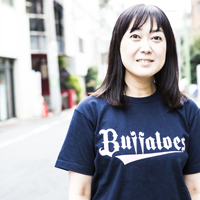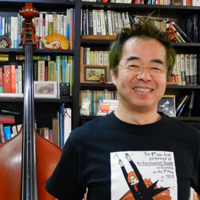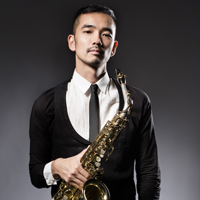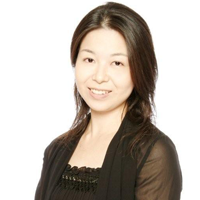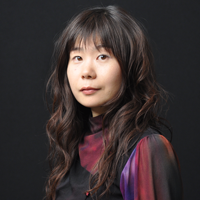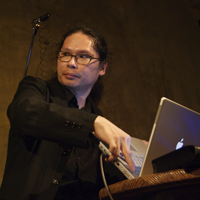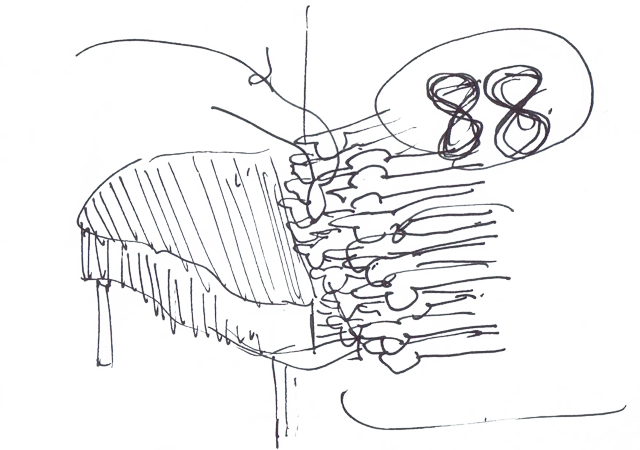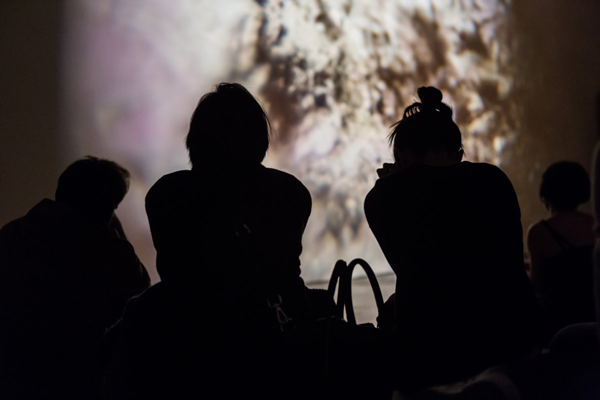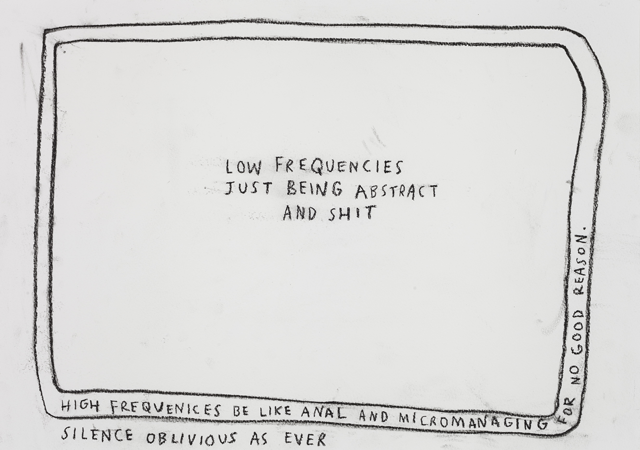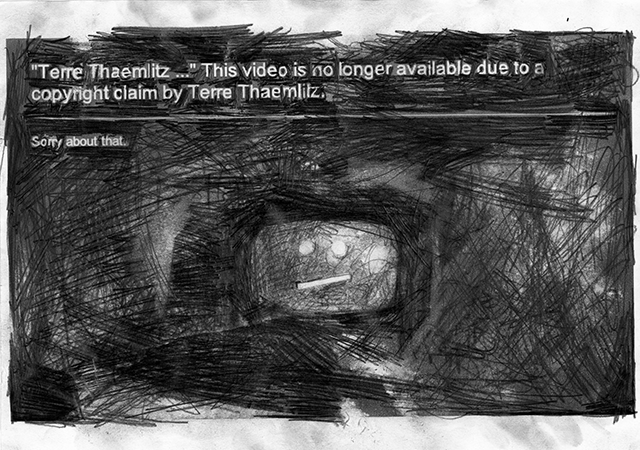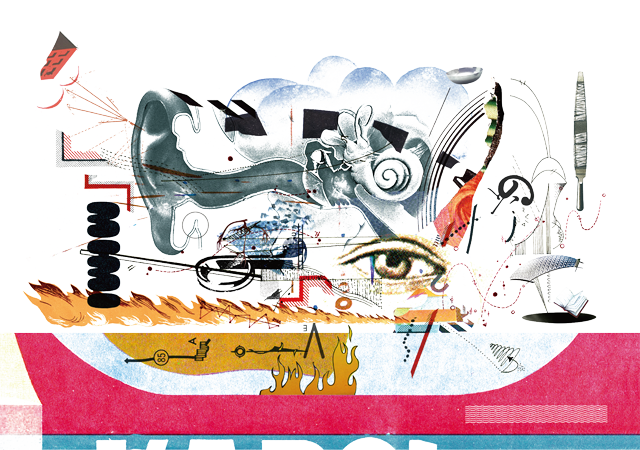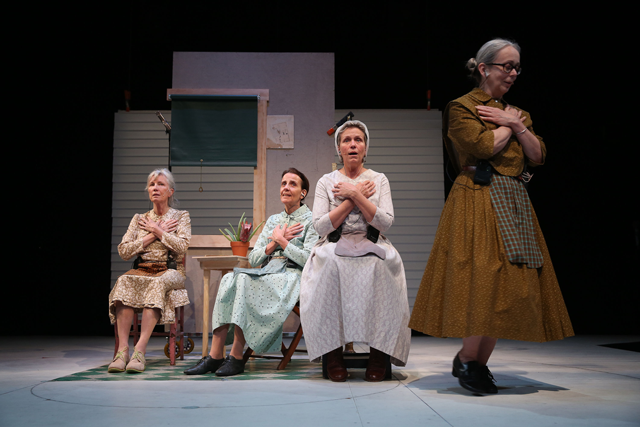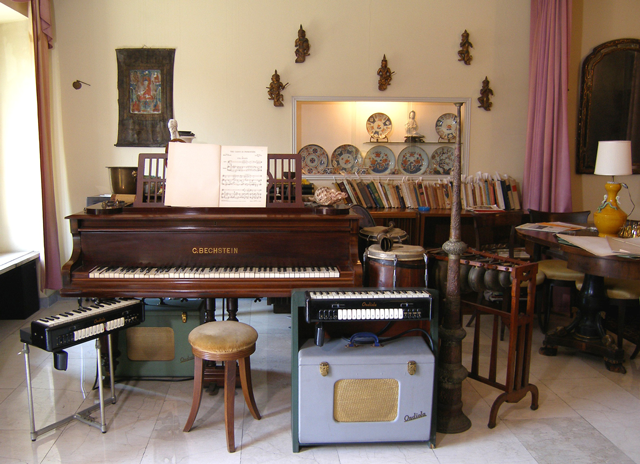 ©Foto Archivio Fondazione Isabella Scelsi / Francesca D’Aloja
©Foto Archivio Fondazione Isabella Scelsi / Francesca D’Aloja
Canti del Capricorno
Composed by Giacinto Scelsi
Performed by Maki Ohta (soprano), Keizo Mizoiri (double bass), Masanori Oishi (saxophone), Tamao Inano & Yoshiko Kanda (percussions) and Sumihisa Arima (electronics)
Lighting: Hiroshi Kato
Sound: Sumihisa Arima
Documentation: Sumihisa Arima (sound), Ten Goto (video), Hideto Maezawa (photo)
Monday (national holiday), October 12 | 18:30 open, 19:00 start
Adv 2,500 yen / Door 3,000 yen
Advance tickets available at Peatix
Will the most ambitious composition for solo voice in the 20th century that explores the “depth” of sound handed down?!
The sound is spherical, yet when one hears it, it seems to have only two dimensions: register and duration — of the third, the depth, we know that it exists, but it escapes us in some way. The high and low (that one hears less) overtones sometimes give the impression of a vaster, more complex sound beyond duration and register, but it is difficult to comprehend its complexity.
Giacinto Scelsi [1]
Giacinto Scelsi studied Arnold Schönberg’s dodecaphony around the same time when John Cage did, and renounced it as Cage did. Many of the episodes about his life have still been shrouded in mystery: he was an aristocrat who did not have to make his living by composing; he did not like to make his portraits public and used an abstract figure consisting of a circle and a line as his signature; friendship with Henri Michaux or Virginia Woolf; devotion to Eastern philosophies; introduction of Jewish composers to Italy at his own expense and suppression by the fascists; life in Switzerland in exile and support for those who were persecuted; recovery from a “profound metaphysical crisis” by persistently playing one note on the piano, etc. However, it is indisputable that his compositions have kept drawing more and more interest since his later years and after his death.
Scelsi might have been comparable to Cage in that he liberated sounds from harmony and the artist’s “intention” and focused on “listening” as the fundamental principle of composition, but what he employed was neither system, nor chance, but meditation and a tool. The “ondiola” (in front of the piano in the photo above), the Italian version of the electric, monophonic keyboard instrument “clavioline” that Sun Ra or the Beatles used too, enabled him to play diverse tones and microtones by manipulating the switches. Scelsi was an excellent piano improviser, and considering himself as a “medium” of the energy of sound instead of “composer,” the notion that comes from the Latin word “componere” (to put together), he improvised on the ondiola in the middle of the night in a state of trance, recorded it on tape, and had a perfect-pitch transcriber make a score for a different instrument out of it. Scelsi added a lot of instructions to the transcription, and the final score requires the players to meticulously reproduce it; there is no room for improvisation.
Performance by Maki Ohta and Sumihisa Arima, courtesy of Tokyo Opera City Cultural Foundation
Canti del Capricorno, titled after Scelsi’s star sign, was composed in a period between 1962 and 1972 in collaboration with a Japanese soprano Michiko Hirayama. It has been considered that the song, which involves extraordinary techniques and microtones that owe a lot to Hirayama’s talent, can be played only by her, who is still active at the age of 92. However, last January, not long after the sensational Japan premiere of the whole song by Hirayama in 2011, the original score that she had was archived, and the complete Canti has theoretically been accessible as a “piece” to any musician for the first time.
Maki Ohta, a soprano who focuses on contemporary music, has studied directly from Hirayama. Not only meticulously interpreting scores and drawing musical qualities from difficult compositions, she also has a lot of nerve and elegance to perform extraordinary acts that some scores require such as showing the reverse side of eyeballs, collapsing onto the floor, bursting into laughter, running around among the audience, or accusing the cruel labor environment of a factory. She tackles the whole song for the first time, with the same members as in the 2011 premiere by Hirayama, at the base of experimental music in Tokyo. Please witness the moment of inheritance of the most ambitious composition for solo voice in the 20th century, which must sound contemporary right now.


Giacinto Scelsi
8 january 1905
a naval officer declares the birth
of a son
fencing chess Latin
a medieval education
an old castle in southern Italy
Vienna
works on dodecaphony
London, marriage
reception at Buckingham Palace
India
(Yoga
Nepal
Paris
concerts
(works that have left traces in the cracks)
bridges
(conversations with tramps, borne down-stream)
incombustible poems survive
at Rome
sounds
solitary life
sounds
negation of that which makes man opaque
something forgotten?
9 august 1988 [2]
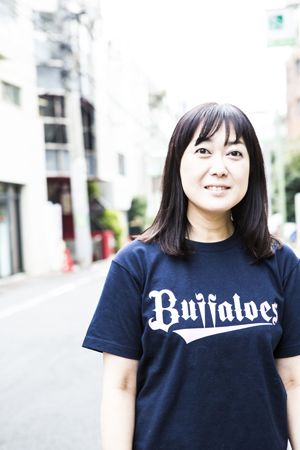 ©SLOT-PHOTOGRAPHIC
©SLOT-PHOTOGRAPHIC
Maki Ohta (soprano) | Studied at the Vocal Studies Course, Faculty of Liberal Arts, Doshisha Women’s College of Liberal Arts and the Song Research Room, Graduate School of Music, Osaka College of Music. After working as a member of Tokyo Philharmonic Chorus, she had a residency in Rome, as a trainee of the Agency for Cultural Affairs’ overseas training program for upcoming artists, to study Giacinto Scelsi’s vocal works under Scelsi’s collaborator Michiko Hirayama. Currently studying German contemporary vocal works under Axel Bauni in Berlin. Her performances have been broadcast at WDR in Germany, CEMAT in Italy and NHK-FM in Japan. She has taken part in such projects as a recital at the Isabella Scelsi Foundation (Rome) that featured the world premiere of Scelsi’s work, Festival Giacinto Scelsi (Basel), Festival di Nuova Consonanza (Rome), Takefu International Music Festival, Izumi Sinfonietta Osaka Regular Concert, and Tokyo Opera City’s recital series “B to C.”
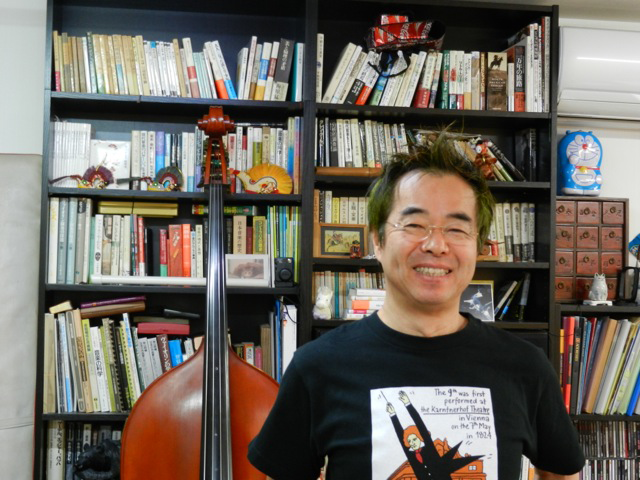
Keizo Mizoiri (double bass) | Since graduating from the Tokyo National University of Fine Arts and Music in 1978, he has been active as a double bass soloist, concentrating mainly on contemporary music. In 1990 he was awarded the Kranichsteiner Music Prize from the Darmstadt Music Institute, and in 1994 he was guest soloist at the Avignon International Bass Festival. In 1995–1996 he went to study at the University of California San Diego receiving a grant from the Agency for Cultural Affairs as part of its overseas training program for artists. As a composer he is self-taught. In 1990, he was awarded JSCM Award for Composers for his composition Don’t Touch the Laughing Stone for hichiriki and double bass. Since 2008, he is the director of Fukuyama Hall of Art & Culture.
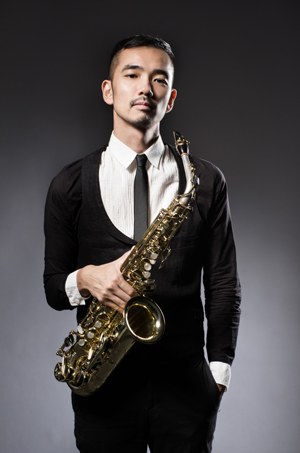 Photo by Wen-Yen-Wang
Photo by Wen-Yen-Wang
Masanori Oishi (saxophone) | Receiving his undergraduate and master’s degrees from the Tokyo National University of Fine Arts and Music, Oishi went to France to study at the Conservatoire National Supérieur de Musique de Paris in 2001. From 2002 to 2004 he studied on a research grant from the Agency for Cultural Affairs’ overseas training program for upcoming artists. His participation in the Tokyo Opera City’s recital series “B to C” garnered him high acclaim. Subsequently, he has appeared in such events as the Tokyo Opera City Cultural Foundation’s “Composium,” Suntory Foundation for Arts’ Summer Festival and Takefu International Music Festival. He has worked extensively, focusing on contemporary and classical music, but also playing concerts on television and radio, in addition to recording music for commercials. A member of Tokyo Gen’On Project. His first solo album NO MAN’S LAND Masanori Oishi plays JacobTV was released in May 2015. Currently a lecturer at the Tokyo University of the Arts, Senzoku Gakuen College of Music, and Toho College of Music.
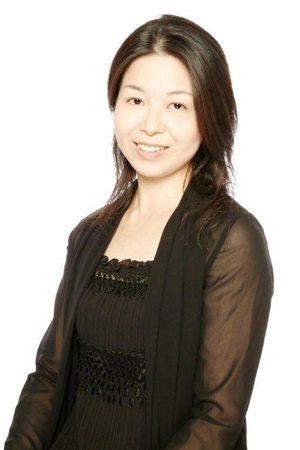
Tamao Inano (percussion) | A graduate of the Tokyo National University of Fine Arts and Music, Inano won the second prize in the Japanese Wind and Percussion Music Competition and the Mayor’s Award at the Kyoto Arts Festival. As a percussionist and wind instrument player in Tan Dun’s opera, she has played with the Munich Philharmonic, Royal Stockholm Philharmonic, Orchestra dell’Accademia Nazionale di Santa Cecilia and NHK Symphony Orchestra at Dutch National Opera, Opera National de Lyon, New Zealand International Arts Festival and Suntory Hall. She has been active as a multi-percussion player working on orchestral works, chamber music and musical, and has played at the concert commemorating the 400th anniversary of Japan–Netherlands exchange in International Gaudeamus Music Week, ISCM’s World Music Days (the 3rd Keizo Saji Prize) and Suntory Foundation for Arts’ Summer Festival “MUSIC TODAY 21.” An instructor at Professional Percussion Music School, member of Ensemble Kochi, and the organizer of percussion ensemble Mallet Garden.
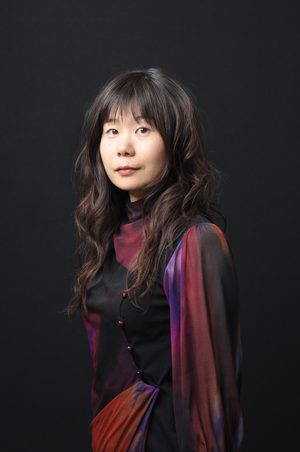
Yoshiko Kanda (percussion) | Graduated from the Tokyo National University of Fine Arts and Music and its Graduate School. Received a scholarship award twice at the International Summer Course for New Music Darmstadt. She has released a CD from Victor Entertainment, performed as a soloist with Tokyo Philharmonic Orchestra and New Japan Philharmonic, took part in national and international music festivals, premiered works of a number of composers, and collaborated with young composers. Her diverse approaches to percussion music beyond trends and genres include performance on restored instruments of the Shosoin Repository, ensemble with early instruments, and a duo with jazz piano “TANAKANDA.” Her compositions have been played in New York and various cities in the world and across Japan. In 2014, she released Kaeru No Uta, a CD featuring her own pieces for percussion ensembles, and four pieces from the CD were published. A member of PERCUSSION TRIO [The Birds], Ensemble Contemporary α, and Tokyo Gen’On Project.
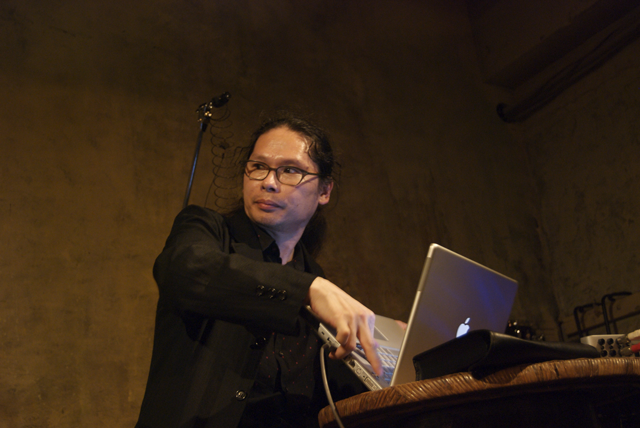 Photo by Saya Nishida
Photo by Saya Nishida
Sumihisa Arima (electronics) | Arima has been working across contemporary music, improvisation and other genres focusing on sonic expression employing electronics and computers. As a soloist and a member of chamber ensembles, he has participated in a number of national and international contemporary music festivals, including Suntory Foundation for Arts’ Summer Festival and Composium, where his technical contribution for sound and acoustics as well as performances in more than 300 pieces have been highly acclaimed. He received the 10th Keizo Saji Prize as a member of Tokyo Sinfonietta and the 63rd Minister of Education Encouragement Prize for New Artists. In 2012, he launched a contemporary music ensemble Tokyo Gen’On Project with musicians who are active in national and international contemporary music scenes, and its first concert was awarded the 13th Keizo Saji Prize. Currently an associate professor at the Faculty of Human Sciences, Tezukayama Gakuin University, and a part-time lecturer at Kyoto City University of Arts.
[1] Son et musique, circa 1953–54, in Les Anges sont ailleurs..., Actes Sud, 2006, p. 126.
[2] Giacinto Scelsi 1905–1988, Éditions Salabert, 2005, pp. 3–5.
